Göttingen is a German city that is famous for its rich history, culture and academic life. The old town is characterized by magnificent architecture and picturesque streets. One of the most important sites in the city is the University of Göttingen, which was founded in the 18th century and is one of the most prestigious universities in Germany.
The city is home to many galleries and museums, including the Kunstsammlung Göttingen, which displays an impressive collection of contemporary art. For lovers of local history, the Städtisches Museum offers a fascinating insight into the city’s past.

Location And Access:
- Göttingen is located in the heart of Germany, in the Federal State of Lower Saxony.
- Göttingen railway station is an InterCityExpress (ICE) stop on Germany’s domestic long-distance high-speed rail network.
- Göttingen is located near the motorway (Autobahn) A7.
- Göttingen can be reached via the airports of Hannover (HAJ) and Frankfurt/Main (FRA).
Sightseeing:
- Old Town (Altstadt)
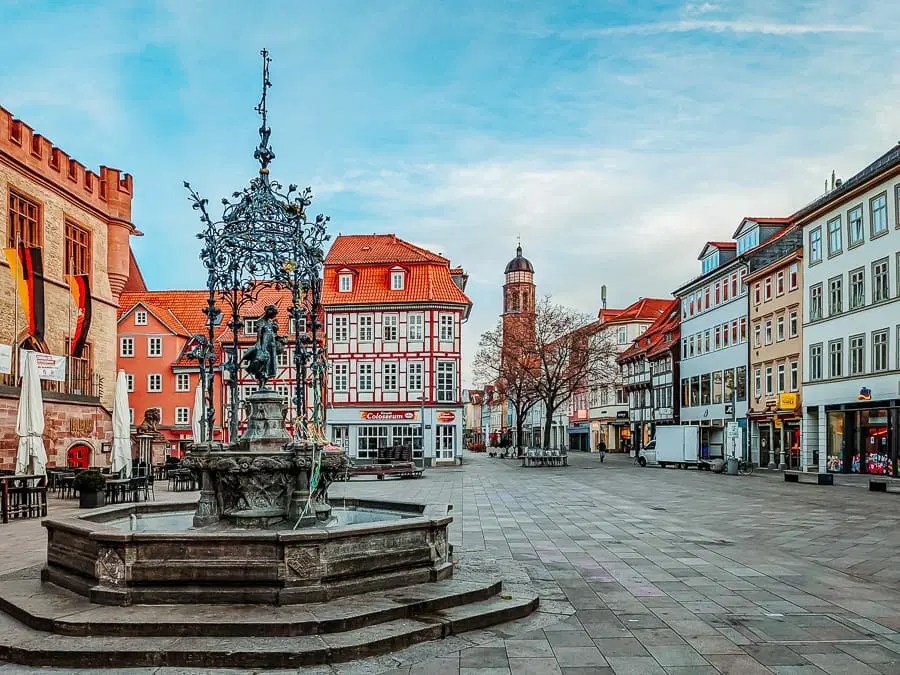

The historic old town features numerous Gothic, Renaissance and Baroque half-timbered houses worth seeing.
Sights Old Town:
- Old Town Hall: Built in 1270, it was once the guildhall of the Göttingen merchants. Today it is used for representative purposes.
Gänseliesel Fountain: The famous fountain on the market square, in front of the Old Town Hall. - St. John’s Church: A church with two differently designed towers.
Junkernschänke: A historic timber-frame house.
- The Goose Girl from Göttingen
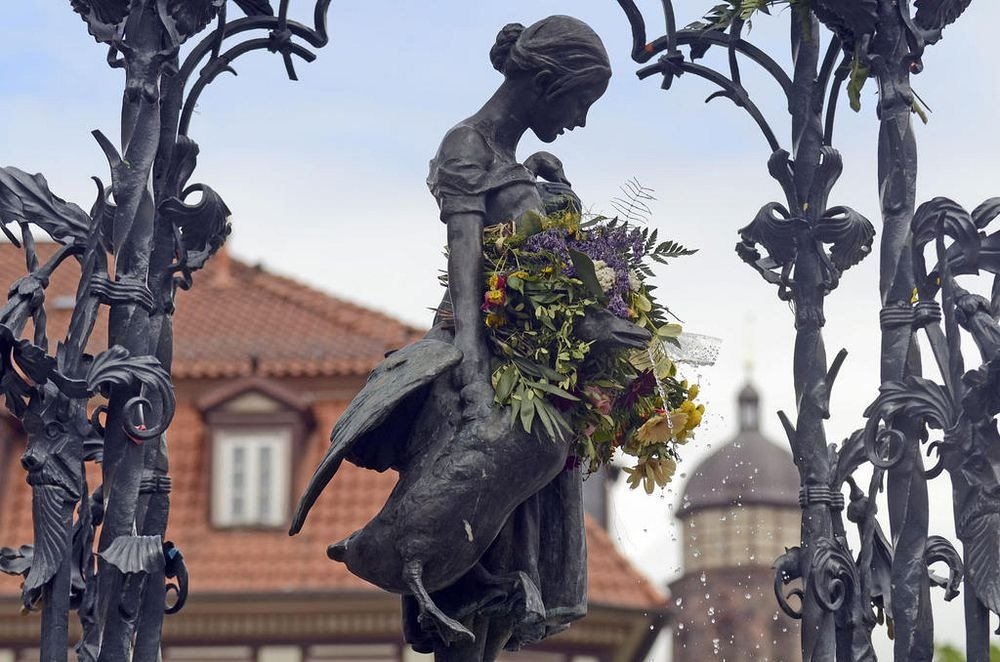
The Goose Fountain is the symbol of Göttingen Market Square. This bronze figure, a figure of a young girl and her goose, is admired daily by many tourists and locals. And university students quickly adopted the custom of climbing the new fountain and kissing the bronze girl after successfully completing their studies.
Every year it has its own festival, with local students showering it with flowers and kisses, celebrating their newly minted doctorates.
- University of Göttingen
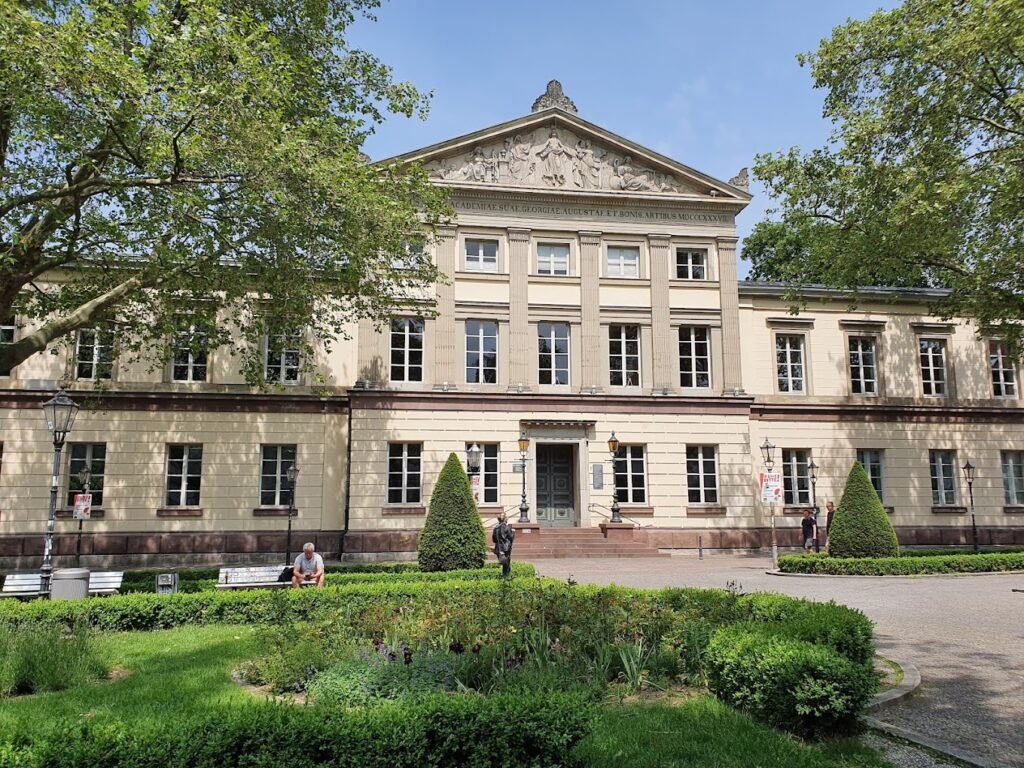
Georg-August University of Goettingen was founded in 1737. Regarded as one of the most prestigious universities in Germany. Goettingen is linked with over 40 Nobel Prize winners who researched and lived here during their times.
The University of Göttingen regards its great research tradition and subject diversity as constituting particular strengths. Almost all academic disciplines including medicine are represented in the 13 faculties, the exception being engineering sciences.
- Forum Wissen – the Museum of Knowledge in Göttingen
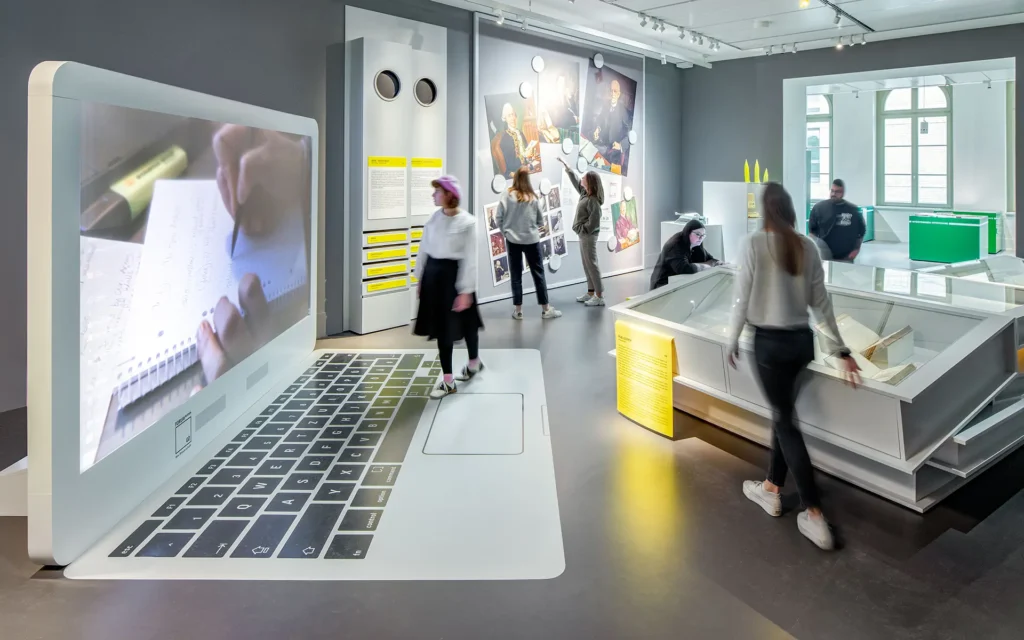

Göttingen University’s Forum Wissen: Forum Wissen does more than just convey academic research methods and practices – it participates in the creation of knowledge itself.
An app, that can be used on visitors’ own smartphones or a rented device, takes them on a tour across the two floors and 17 exhibition rooms of the museum. With the app, visitors explore the collection and become researchers themselves. They collect objects virtually and can explore them at methodology tables.
- Stadtbefestigung Göttingen

St. Georg Tor is a historic city gate that was once part of the fortifications surrounding the city. Today, it is one of the symbols of Göttingen and attracts tourists eager to take a souvenir photo.
- Bismarckturm

Bismarckturm is a lookout tower that commemorates Otto von Bismarck – one of the most important German politicians. The tower offers a beautiful view of the city and the surrounding hills. It is a great place for a picnic and romantic walks.
- European Bread Museum
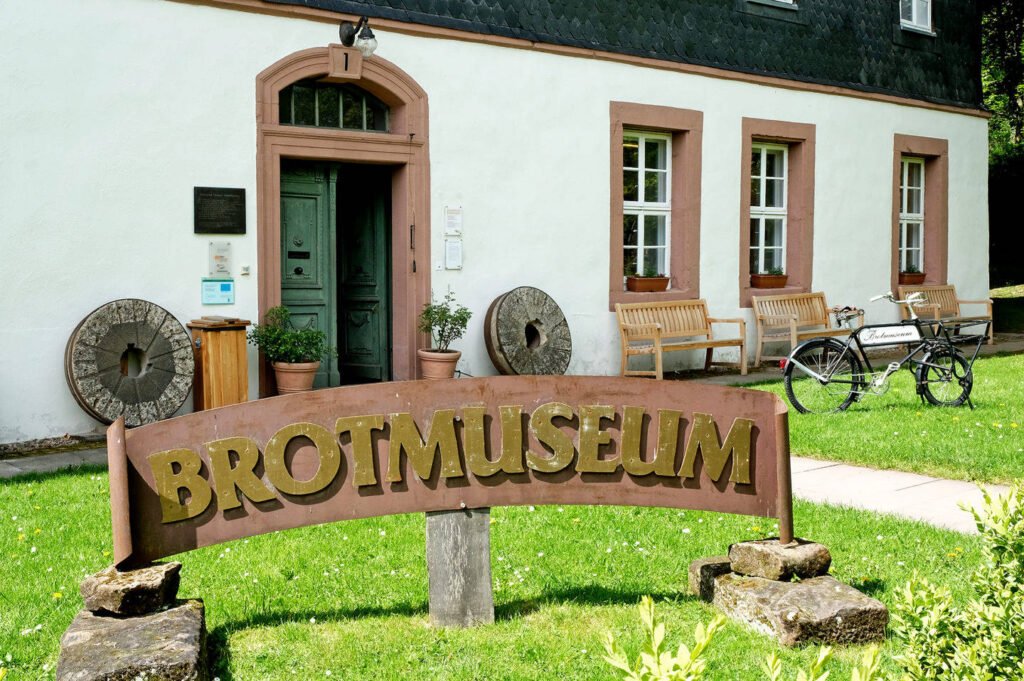

The European Bread Museum in Göttingen is a captivating destination that showcases the rich history and cultural significance of bread-making across various societies.
With its impressive collection of bread-related artifacts, ranging from ancient baking tools to contemporary equipment, the museum offers a comprehensive journey through time for all who appreciate the art of bread. The exhibits are thoughtfully curated, ensuring an engaging experience that facilitates exploration of the fascinating evolution of this staple food.
- Museum Friedland
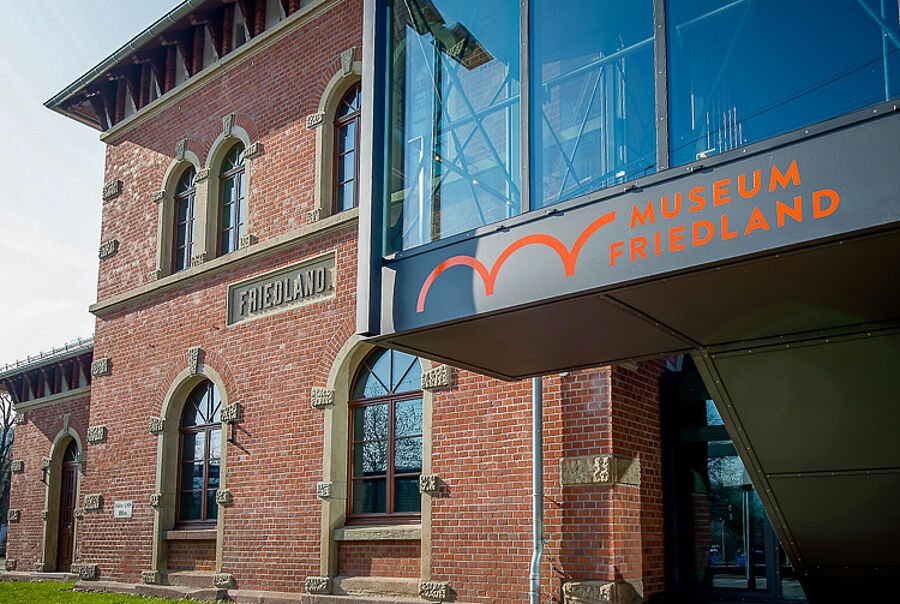
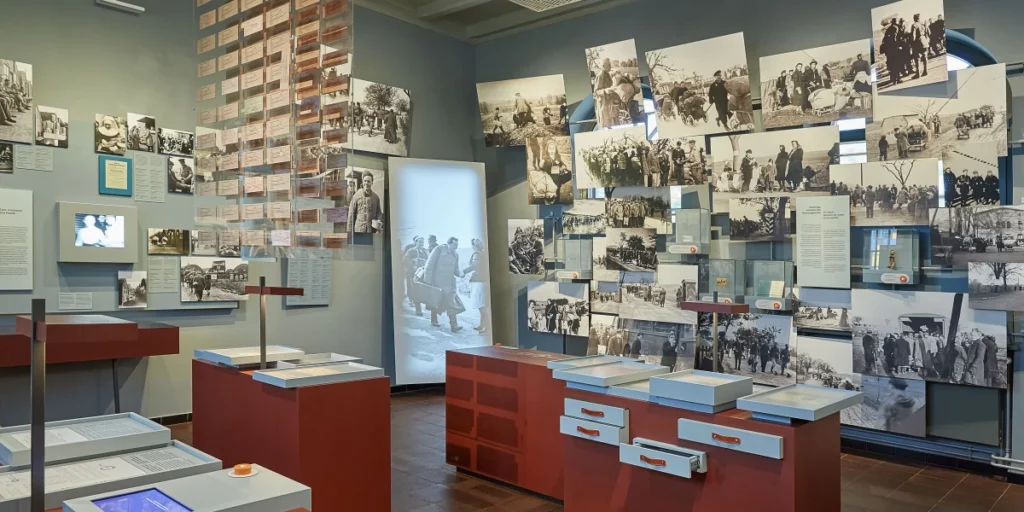
The Museum Friedland tells migration stories at a place where history and the present meet each other. Since 1945, more than four million people have passed through the border transit camp Friedland.
At the same time, as an active initial reception facility, the border transit camp is still a place of diverse migrations today. The proximity of the museum and the border transit camp shape the work and profile of the Museum Friedland in a special way.
- Citykirche Sankt Michael (City Church of St. Michael)
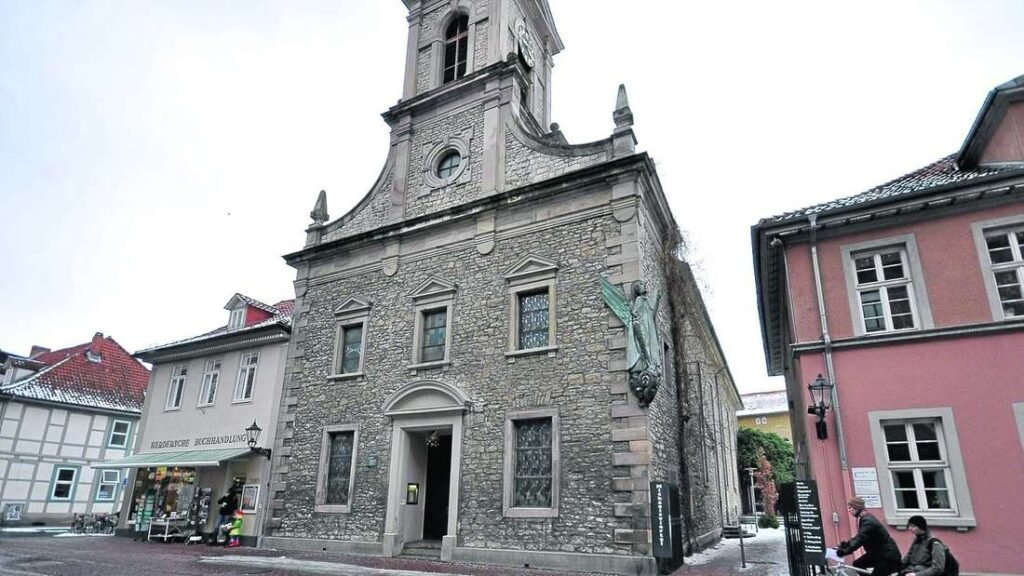
St. Michael’s Church is the oldest Catholic church in Göttingen, Lower Saxony. Located in the historic city center, it is the parish church of the parish of St. Michael in the Göttingen deanery of the Diocese of Hildesheim and also the Catholic city church of Göttingen.
- St. John’s Church

St. John’s Church was built in the 14th century on an old Romanesque basilica. The church towers were not completed until the second half of the 14th century. The church was remodelled in classicist style at the end of the 18th century, but restored in neo-gothic style a century later (1895).
The towers of St. John’s have held a special place in the history of the town, having long been used by the town as a watchtower, a role which was later combined with a dormitory function for students at Göttingen University from 1921 to 2001.
- Stadtfriedhof – Historic Cemetery

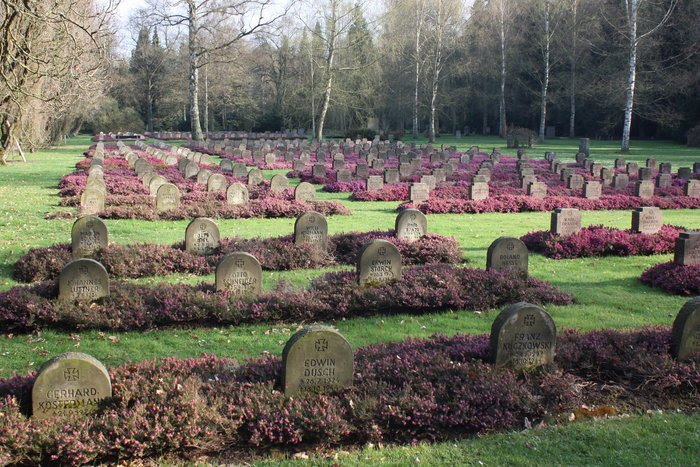
The municipal cemetery was opened on 15 December 1881. It currently covers an area of around 36 hectares. As part of the first expansion, the city of Göttingen built a chapel in 1900 on the axis of the main entrance, in the middle of an avenue of plane trees.
Many famous people have found their final resting place here, including eight Nobel Prize winners. The municipal cemetery presents itself as an impressive ensemble of works of garden, architecture and sculpture.
- Badeparadies Eiswiese

The Eiswiese adventure pool in Göttingen is a great attraction for families with children. The area of 8,400 square meters is truly impressive. Wellness, sports or water fun – all in one place.
The spacious sauna area with an area of over 2,800 m² offers, among other things: five saunas with different temperatures, two steam saunas, a sanarium and a double wood-fired sauna, sunk deep into the ground. The sauna garden also guarantees guests the relaxation they deserve.
